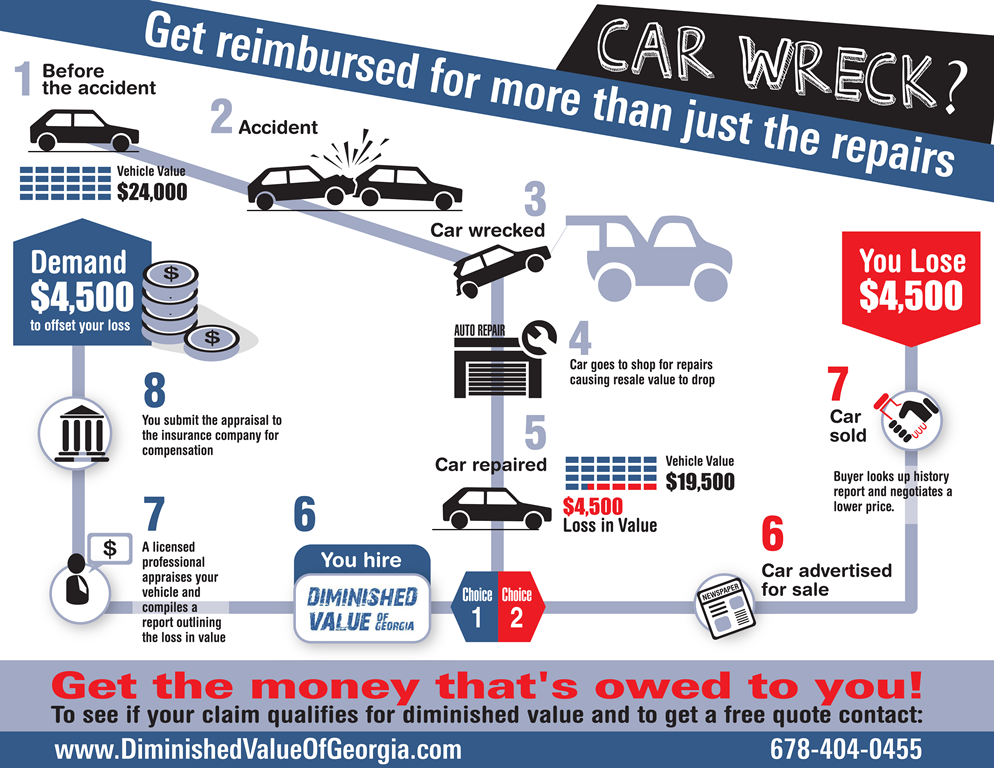Open Up The Hood To Examine Typical Brake System Mistakes And Their Remedies
Open Up The Hood To Examine Typical Brake System Mistakes And Their Remedies
Blog Article
Author-Hinrichsen Herring
When it involves your car's brake system, recognizing typical issues can save you from potential safety risks. From determining brake pad wear to resolving brake liquid leaks, understanding just how to deal with these issues is vital. Yet what regarding those squishy brake pedals? There's https://www.kbb.com/car-news/10-tips-on-how-to-winterize-your-vehicle/ for that also. Stay tuned to get more information about these issues and the practical solutions that can maintain you securely when driving.
Brake Pad Put On and Substitute
When it concerns preserving your vehicle's brake system, one vital aspect to watch on is the wear and replacement of brake pads. https://airliftperformancekits49493.bloggerchest.com/31096339/fascinated-concerning-discovering-the-best-car-repair-shop-near-you-uncover-the-top-10-ideas-that-will-assist-you-make-an-educated-choice are vital elements that push against the brake rotors to decrease or quit your automobile. With time, these pads wear down because of friction, requiring regular examination and substitute to guarantee your brakes function successfully.
To identify if https://driversclassnearme39494.ttblogs.com/10777123/fundamental-maintenance-tips-for-cars-that-every-vehicle-driver-need-to-be-acquainted-with require substitute, listen for screeching or grinding noises when you use the brakes. Furthermore, if your vehicle takes longer to quit or you observe vibrations or pulsations when stopping, it might be time to replace the brake pads.
Disregarding worn brake pads can cause lowered braking efficiency, damages to various other brake parts, or even brake failure.
Replacing brake pads is a fairly straightforward process for many vehicles. However, if you're unsure or uncomfortable doing this task, it's best to speak with a specialist auto mechanic to make sure proper installment and optimal brake efficiency.
On a regular basis examining and changing brake pads is essential for your safety and the long life of your lorry's braking system.
Brake Liquid Leaks and Maintenance
To ensure your vehicle's brake system functions optimally, it is essential to also take note of brake fluid leaks and upkeep. Brake liquid is vital for transmitting the force from your foot on the brake pedal to the real braking system. One typical concern with brake liquid is leakages, which can occur as a result of tatty brake lines, seals, or connections. If you observe a puddle or trickles under your automobile, it's important to resolve the leakage quickly to prevent a prospective brake failure.
Routinely checking your brake liquid level is key to preserving your brake system. Low brake liquid can bring about air getting in the brake lines, which jeopardizes braking efficiency.
Additionally, old or contaminated brake fluid can influence the total efficiency of your brakes. It's suggested to follow the supplier's guidelines on when to transform the brake liquid, typically every 2 years.
Spongy Brake Pedal: Bleeding Brakes
If you've ever before experienced a mushy brake pedal while driving, you recognize the value of maintaining a firm and responsive stopping system. One common source of a mushy brake pedal is air entraped in the brake lines. When air enters the brake system, it can lead to a loss of hydraulic stress, causing that distressing squishy sensation when you press the brake pedal.
To resolve this concern, bleeding the brakes is required. Bleeding the brakes entails eliminating the air from the brake lines to bring back correct hydraulic pressure.
To bleed the brakes, you'll require a helper to aid you. Begin by situating the brake bleeder shutoff on each wheel, usually located near the brake caliper. With a wrench, loosen the shutoff and have your helper press the brake pedal while you observe any air bubbles coming out. Repeat this process for each wheel, beginning with the wheel farthest from the master cyndrical tube and relocating better.
Once you no longer see air bubbles and only clear liquid emerges, tighten the valve and top up the brake fluid reservoir as required. Bleeding the brakes aids make sure a firm brake pedal and boosts total braking efficiency.
Verdict
Since you comprehend usual brake problems and how to repair them, you can ensure your automobile's safety and security and efficiency. Remember to pay attention for warning signs like shrilling sounds or squishy brake pedals, and address them without delay. Regular upkeep and prompt substitutes are key to keeping your brakes in top problem. Keep positive and attentive to your brake system to appreciate safe and trusted driving experiences.
